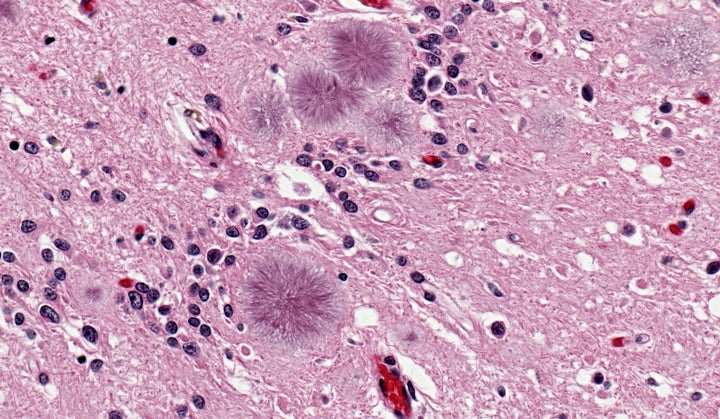Scientists have developed a simple urine test to detect CJD or “human mad cow disease”.
There is currently no easy way to test the degenerative brain disorder, which is rare but invariably fatal.

Doctors currently have to extract a sample of spinal fluid or brain tissue, testing for abnormal proteins called prions, which cause brain damage. Alternatively, they must wait for the results of a post-mortem examination.
But the new test, created by the Medical Research Council, detects prions in urine instead and could provide much earlier diagnoses than existing methods.
UCL’s Dr Graham Jackson said: “Although there is currently no cure for this disease, an accurate and early diagnosis is extremely important for patients and their families.
“In the future, as trials of potential therapies become available, the earlier a patient can be diagnosed the more effective any treatment is likely to be.
“This test could be a critical step forward in being able to identify disease sufferers early using a simple test, perhaps at the first signs of being unwell or even as part of routine screening.”

The new test needs refining before it can be rolled out through the NHS.
In recent trials involving 162 people, the test only accurately detected fewer than half of cases.
But it provided no false-positives, indications the disease was present in people who don’t have the disease.
The researchers are now working on honing the test so that it can be used to detect all cases of CJD.
There are three types of the disease. Sporadic CJD occurs naturally in the population and accounts for 85% of cases, variant CJD is linked to eating beef infected by BSE and Iatrogenic infection, meanwhile, is caused by contamination during medical treatment.
In 1997, the government banned beef on the bone after scientists established that the brain disease cows could pass the disease to humans.
More than 2,000 Brits have died from CJD, which the government spends £5.5m surveilling and researching.
The study was published in the journal JAMA Neurology.
